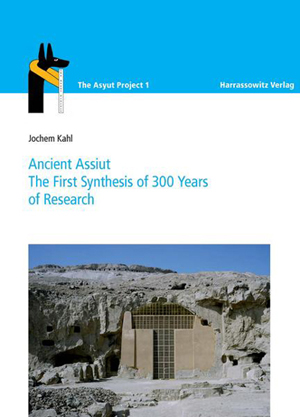The New Kingdom Graffiti in Tomb N13.1
Ursula Verhoeven
The tomb N13.1, lying about 30 m above tomb III, was discovered in 2005 not having been described or mentioned by anyone before. With its tomb-owner, the nomarch Iti-ibi-iker, it can be dated into the 11th dynasty ranging between the other great tombs of nomarchs in this necropolis.
Beside its impressive architecture and the fine and special decoration this tomb has saved a particular treasure until today: a great amount of graffiti in black or red ink written on the walls. They can be dated into the 18th and 19th dynasty – that is to say 500 until 800 years after the burial of Iti-ibi-iqer visitors regularly came to this tomb for several purposes. A total of 183 graffiti could be counted so far being written or painted on each wall and on both pillars, often with regard to the original decoration. Apart from many texts, there are several fine drawings of human beings and animals. The categories of texts range from visitors’ graffiti mentioning several temples of Asyut, historical notes with dates and royal titularies, offering formulae and prayings, writing exercises and jokes, and – for the first time on tomb walls – copies of literary and didactic texts which normally were part of the school curriculum in the New Kingdom. We can find parts of the following works:
Teaching on Amenemhet I, Schoolbook Kemit, Hymn to the Nile, Teaching of Kheti, Teaching of a man to his son, Loyalist Instruction (of Kairsu), and Prophecy of Neferty.
For full texts, see:
Ursula Verhoeven, "The New Kingdom Graffiti in Tomb N13.1: An Overview", in: Seven Seasons at Asyut: First Results of the Egyptian-German Cooperation in Archaeological Fieldwork, The Asyut Project 2, Edited by Jochem Kahl, Ursula Verhoeven and Mahmoud El-Khadragy, Harrassowitz Verlag, Wiesbaden, 2012, pp. 47-85.


